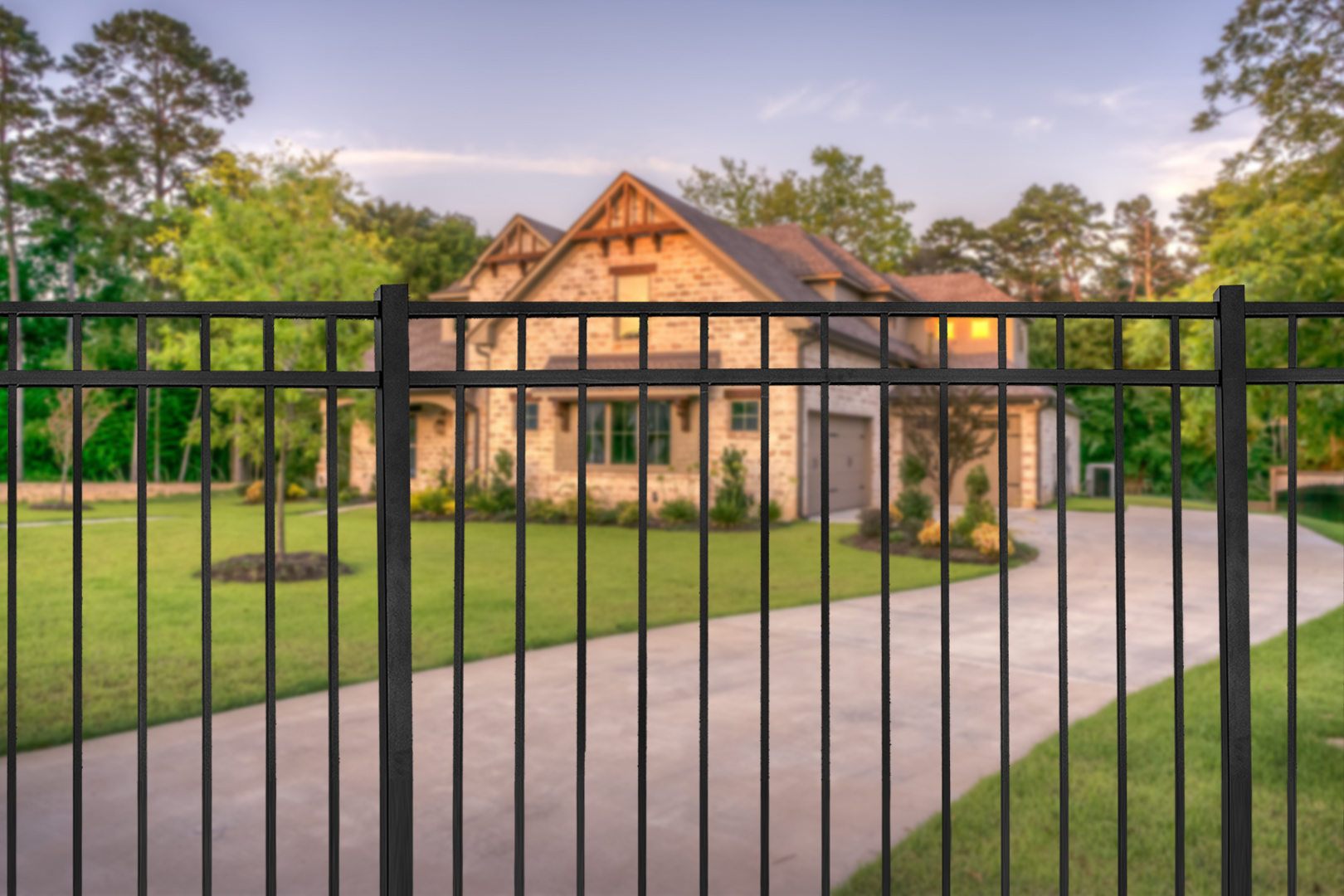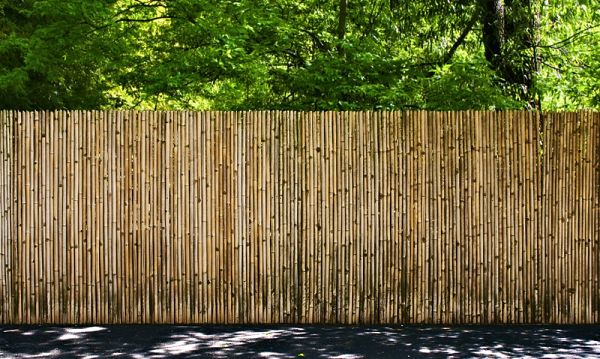All Categories
Featured

When considering mounting a fence on your building, one of one of the most crucial steps is to recognize whether you require a permit. Fencing installments frequently need a license to make certain that the framework complies with regional zoning laws, developing codes, and safety criteria. The specific permits required can differ relying on your location, the sort of fence you intend to mount, and the elevation or placement of the fencing. Below's a guide to help you navigate the procedure of obtaining a fencing authorization and ensure that your installment is legal and convenient.
Why You Need a License for a Fence Setup. A fence permit is needed to ensure that the installment fulfills neighborhood policies. The license process helps local authorities verify that your fencing does not interfere with traffic visibility, regard your property lines, or violate elevation restrictions. It also makes certain the security of the structure, so it does not present a risk to you, your next-door neighbors, or the general public. Setting up a fencing without an authorization can cause fines, removal of the fencing, or hold-ups in building and construction, so it's important to examine whether an authorization is needed before starting your task.
Kinds Of Licenses You Might Need. There are a few usual kinds of authorizations you could need for a fence setup:
Structure Permit. A building permit is the most typical license needed for fencing installments. This license makes certain that the fence satisfies safety requirements and is built according to regional building ordinance. A building authorization is typically required if the fence surpasses a specific elevation (frequently 6 feet), is constructed from particular materials, or lies near a public walkway or roadway.
Zoning Authorization. A zoning permit might be called for to confirm that your fencing adheres to regional zoning regulations. Zoning policies can determine where a fencing can be put on your property, just how high it can be, and whether it is admitted specific locations (such as along building lines or ahead yards) Some municipalities have regulations limiting the height of fencings in the front lawn to guarantee visibility for vehicle drivers and pedestrians.

Setback Authorization. If you are developing a fence near your building line or near a street, you may require a setback license. A problem refers to the range a framework, consisting of fences, need to be from the residential property line. Problem policies differ by location, and guaranteeing that your fence is positioned appropriately can avoid disputes with neighbors and avoid offenses.
Home Owner Organization (HOA) Authorization. You might need authorization from them in addition to local permits if you live in an area controlled by a Homeowner's Association (HOA) HOA regulations typically cover the kind of products, height, style, and shade of fences. Also if your neighborhood federal government doesn't need a license, your HOA might still have specific standards that need to be followed.
Exactly How to Get a Fencing Permit. To apply for a fencing license, you'll require to call your regional building division or planning workplace. The application procedure typically includes filling in a form, paying a fee, and sending a website strategy of your building that shows the suggested area of the fence. You might additionally require to include details concerning the products, height, and style of the fence.
Sometimes, a regional official may require to evaluate your residential or commercial property prior to authorizing the license. When the authorization is approved, you will certainly be authorized to wage your fence installment.
When Is an Authorization Not Needed? In particular circumstances, an authorization might not be required. These scenarios can consist of:
Reduced Elevation Fences: In several areas, fencings that are listed below a specific elevation (often 3 to 4 feet) might not need a permit, particularly if they are positioned in the backyard or various other non-visible areas.
Fencing Substitute: If you're replacing an existing fence with the very same height and product, some locations might not call for a brand-new license.
Non-Obtrusive Fencings: Short-term or ornamental fencings, such as those utilized for gardening or landscape design functions, may not call for permits as long as they are reduced and not irreversible.
Nevertheless, it is necessary to get in touch with your regional zoning office or structure department, as regulations can vary by territory.
Consequences of Not Acquiring an Authorization. Falling short to obtain the essential licenses can lead to substantial repercussions. These consist of penalties, forced elimination of the fencing, or even hold-ups in construction. In addition, if your fencing does not satisfy neighborhood laws, you could face lawful issues with next-door neighbors or neighborhood authorities.

Final thought. When setting up a fencing, it's essential to research the authorization needs in your area. By ensuring that you comply with neighborhood laws and obtain the required permits, you can ensure and stay clear of pricey blunders that your fence is lawfully compliant. Get in touch with your local building division, HOA, and zoning workplace to identify what permits are needed for your certain fence job. This step is essential to safeguard both your investment and your home's worth.
Latest Posts
Find Brake Repair & More: Full Services Guide from Montclare Auto Repair
Published en
1 min read
Reasons Regular Car Maintenance at Montclare Auto Repair Reduces Costs
Published en
1 min read
Learn About Outstanding Car Repair Services offered by Montclare Auto Repair – Drive with Confidence
Published en
1 min read
More
Latest Posts
Find Brake Repair & More: Full Services Guide from Montclare Auto Repair
Published May 27, 25
1 min read
Reasons Regular Car Maintenance at Montclare Auto Repair Reduces Costs
Published May 26, 25
1 min read
Learn About Outstanding Car Repair Services offered by Montclare Auto Repair – Drive with Confidence
Published May 26, 25
1 min read